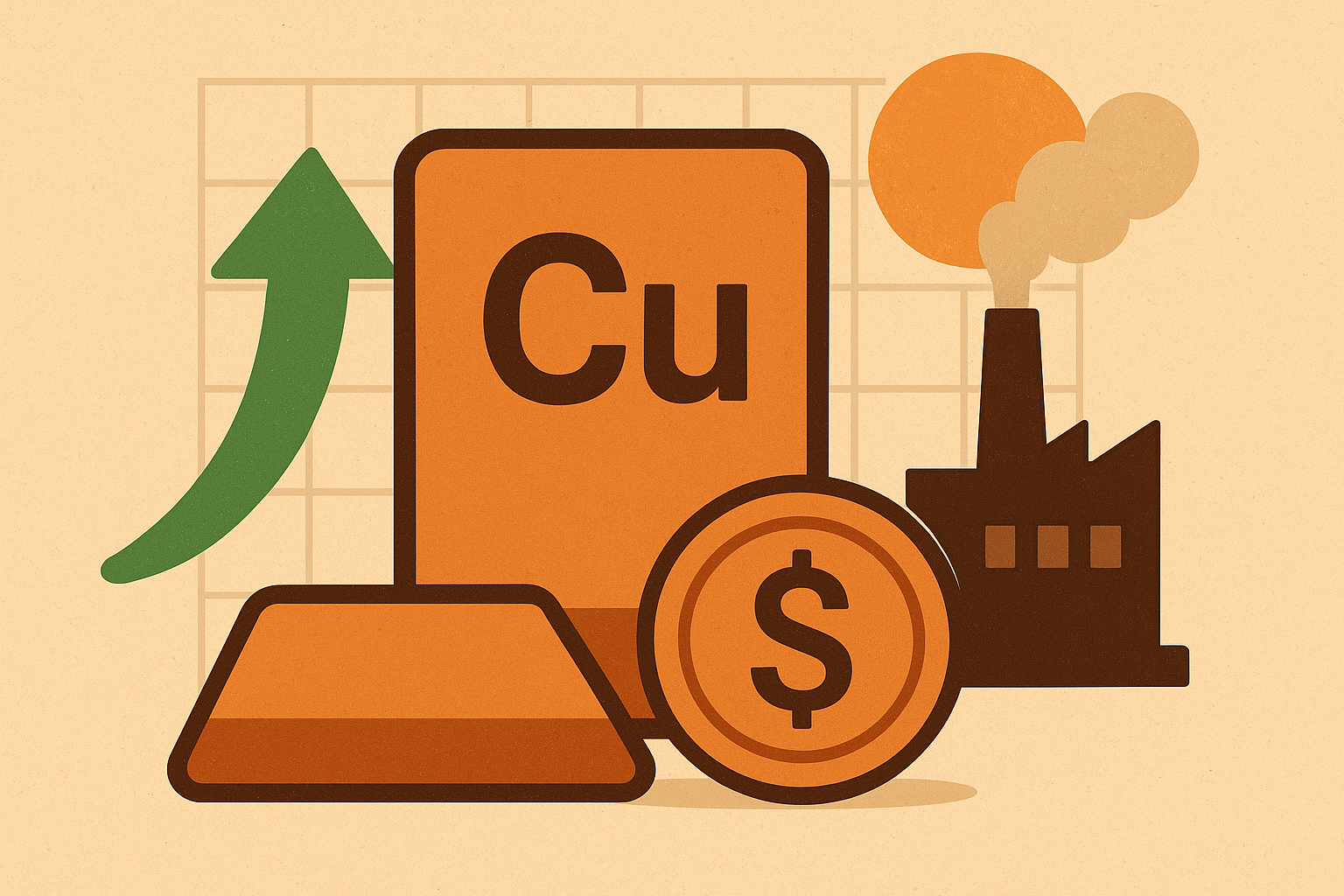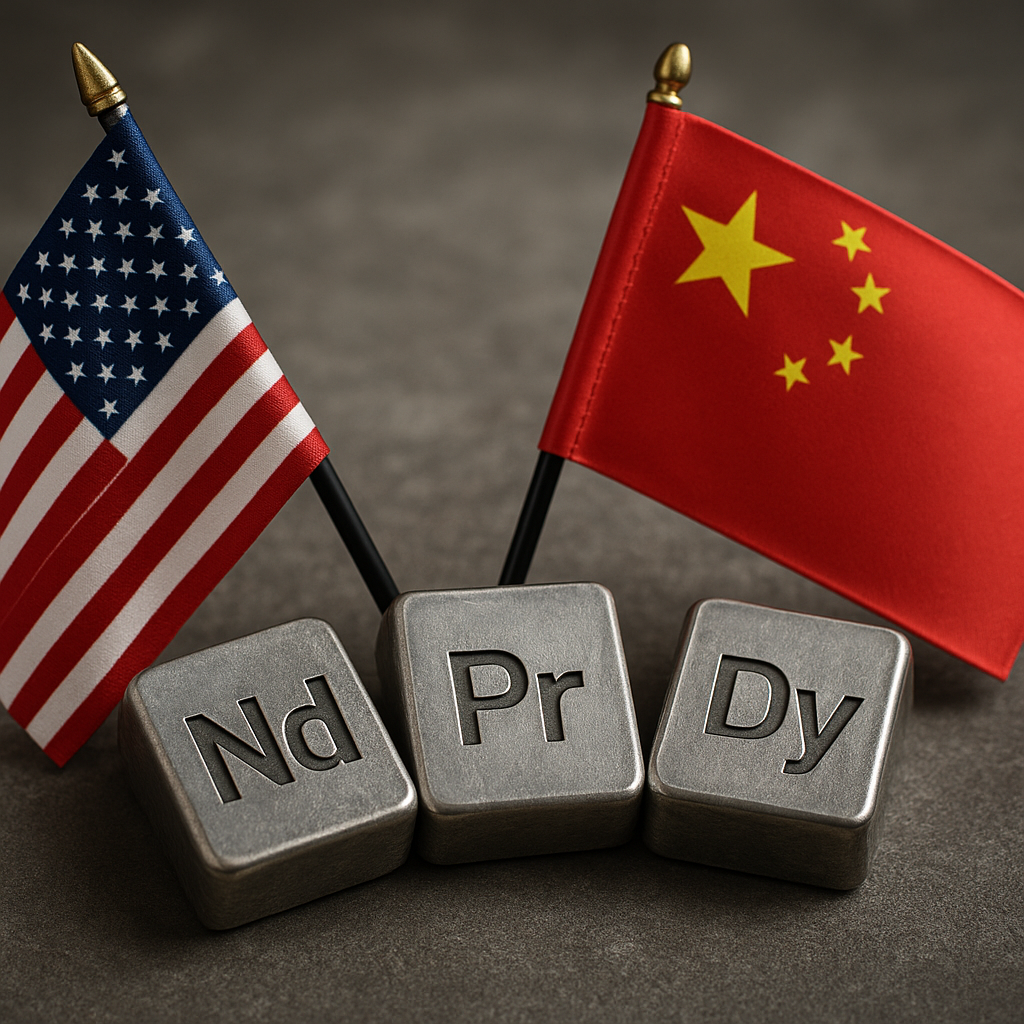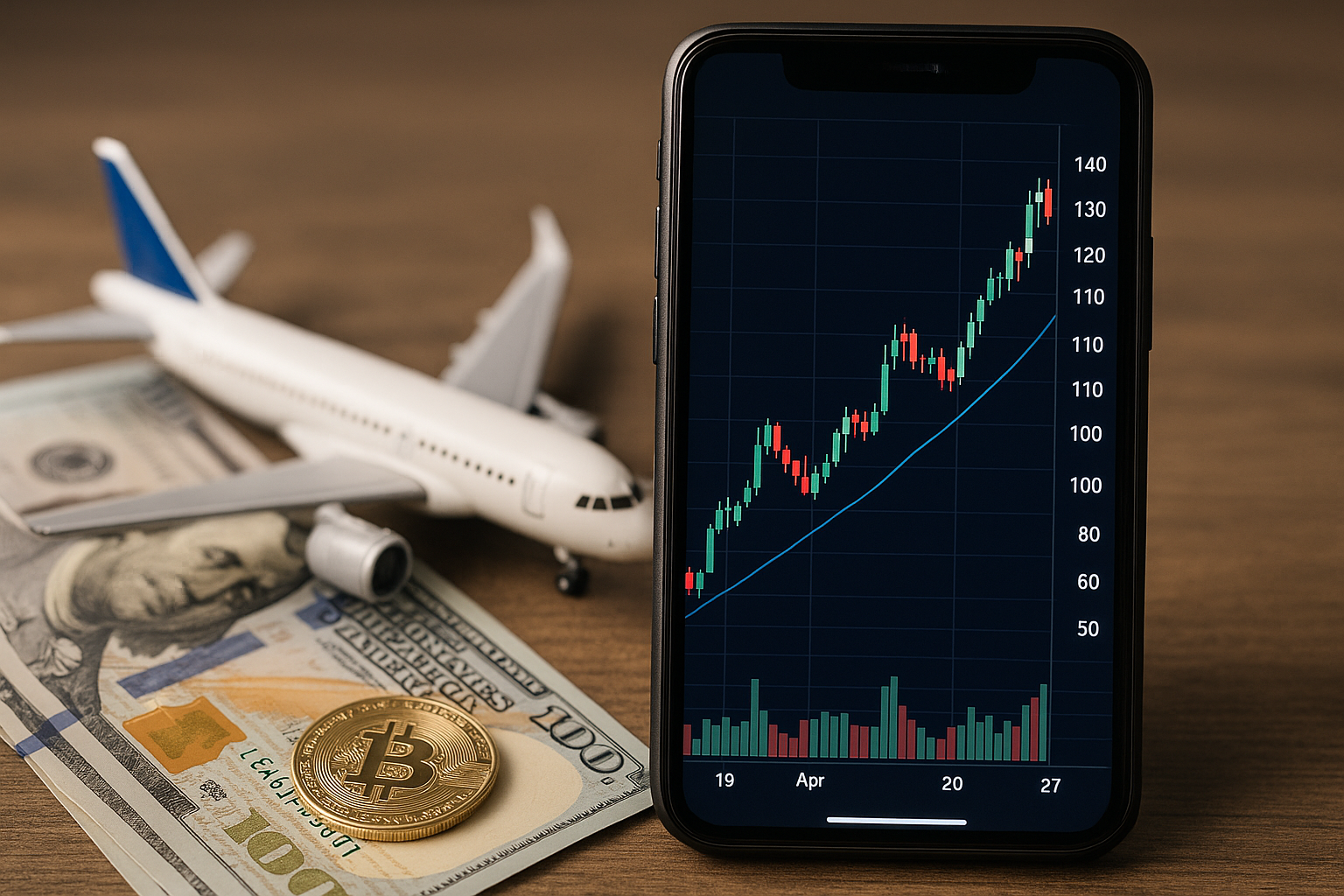Copper’s position as a critical mineral in the global energy transition has never been more pronounced, and investors are paying close attention to miners with strong exposure. BHP, the world’s largest mining company, has underscored its commitment to copper expansion, citing growth across multiple basins and pointing to the U.S. as an increasingly attractive region thanks to relatively lower power costs. Yet, while the copper outlook brightens, the company also flagged rising costs and delays at its Canadian Jansen potash project—reminding markets that large-scale mining investments rarely come without challenges.
Copper’s Strategic Role in the Global Economy
Copper demand is surging as electric vehicles, renewable energy infrastructure, AI data centers, and power grid upgrades intensify across the globe. According to the International Energy Agency (IEA), global copper demand is expected to grow over 25% by 2035, fueled by electrification and clean-tech adoption. Against this backdrop, BHP’s comments on organic copper growth come at a pivotal moment for investors seeking exposure to long-term structural demand.
BHP highlighted multiple projects underpinning this growth trajectory:
- Vicuna District (Argentina) – Exploration and development potential in one of South America’s richest copper regions.
- Resolution Copper (U.S., with Rio Tinto) – A joint venture targeting one of the largest undeveloped copper deposits in North America.
- Escondida (Chile) – The world’s largest copper mine, where BHP continues to optimize output.
- South Australia Projects – Positioned to expand production and diversify jurisdictional exposure.
The miner’s emphasis on lower U.S. power costs is especially notable. Energy accounts for up to 30% of copper mining operating costs, according to McKinsey, making cheaper U.S. electricity a significant competitive advantage at a time when other regions face soaring energy inflation.
Why This Matters for Investors
The copper market has already seen substantial price momentum in 2025, with futures trading above $4.80 per pound, close to record highs, according to Bloomberg data. Analysts at Goldman Sachs recently reiterated their bullish stance on copper, projecting prices could breach $6 per pound by 2027 if supply bottlenecks persist.
For investors, BHP’s expansion strategy signals two key themes:
- Positioning in Stable Jurisdictions: While Latin America remains central to copper output, the company’s emphasis on U.S. projects underscores a shift toward geopolitically stable, energy-advantaged regions.
- Balancing Growth and Risk: The Jansen potash delays in Canada—linked to cost overruns and construction timelines—highlight execution risks. Large-scale mining projects are notoriously capital-intensive, and investors should track how BHP manages both cash flow and return on invested capital (ROIC).
Future Trends to Watch
- Critical Minerals Policy in the U.S.: The expansion of the U.S. Geological Survey’s (USGS) critical minerals list adds urgency to domestic mining and processing. Any policy incentives or tariffs could directly affect copper economics.
- Electrification and AI Infrastructure: From EVs to cloud computing, copper intensity per unit of GDP is rising. Investors should monitor sectors like EV battery manufacturing and AI data centers, where copper demand growth outpaces forecasts.
- Potash as a Diversification Play: While copper dominates headlines, BHP’s potash ambitions reflect growing food security concerns. Potash demand is projected to rise steadily as global agriculture scales up to feed an expanding population. Despite Jansen’s hurdles, long-term demand drivers remain intact.
Key Investment Insights
- Copper Remains the Core Story: Investors seeking long-term exposure to electrification trends should keep an eye on miners like BHP, Freeport-McMoRan, and the newly formed Anglo-Teck merger entity.
- Watch for Policy Tailwinds: U.S. incentives for critical minerals could accelerate returns for domestic copper projects, while higher tariffs could challenge import-dependent competitors.
- Balance Sheets Matter: With capex rising across the sector, companies with robust free cash flow and disciplined capital allocation are best positioned to weather volatility.
Key Takeaways
BHP’s reaffirmation of copper growth reinforces why the metal is at the center of the global energy transition. Lower U.S. power costs add a compelling angle for North American projects, even as Canadian potash faces headwinds. For investors, the message is clear: copper remains a cornerstone commodity, but capital discipline and project execution will determine which miners deliver outsized shareholder value.
Stay connected with MoneyNews.Today for daily insights into metals, markets, and macro shifts shaping tomorrow’s investment landscape.





